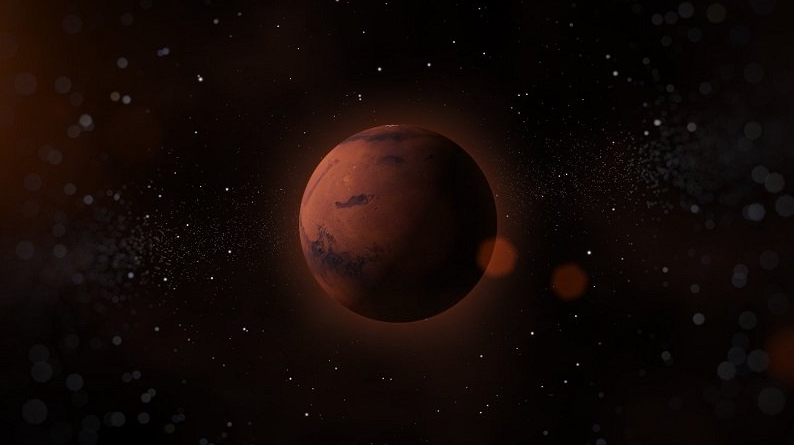When it comes to cosmological scales, Earth is just a speck among a vast ocean of supermassive black holes, ultra-dense neutron stars, and explosive supernovae along with other celestial phenomena we can only theorize. Despite this cosmic insignificance, one intelligent life form living on the third planet of our particular solar system amazingly discovered many of the vast secrets of the universe.
Neatly packed in his General Theory of Relativity, Albert Einstein and his world-changing theory has accurately predicted many of the cosmological phenomena we’ve glimpsed in the century since its publication, including most recently the 2019 images of M87—a supermassive black hole that closely resembled Einstein’s predictions.
Disney World casts male performer as Evil Queen from “Snow White”
However, the theory isn’t perfect, and one area where the physics behind Einstein’s theory begins to break down is when science approaches the “superhorizon,” or the maximum distance light has traveled since the beginning of the universe. Inconsistencies with Einstein’s ideas have led some to believe there is a “cosmic glitch” in the theory, and now scientists from the University of Waterloo and the University of British Columbia have formulated an “extension” of Einstein’s formulas to account for these cosmic-sized inconsistencies. The results of those efforts, which have stretched on for at least 20 years, were published in March in the Journal of Cosmology and Astroparticle Physics.
Continue here: Popular Mechanics




































